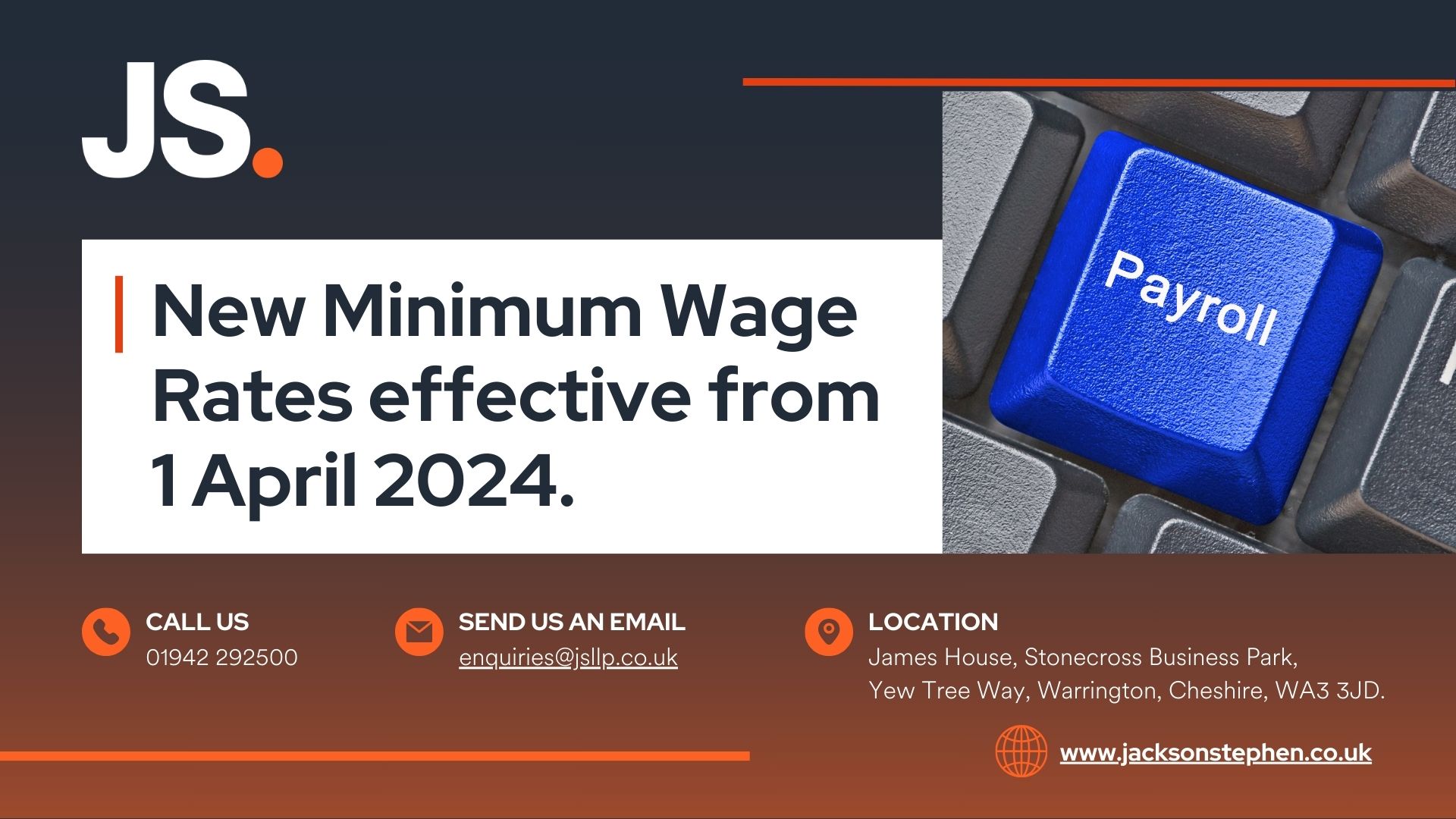
Enterprise Investment Scheme & Seed Enterprise Investment Scheme
29 Jan, 20146The Enterprise Investment Scheme (EIS) is a long established stalwart of the UK tax system...

The Enterprise Investment Scheme (EIS) is a long established stalwart of the UK tax system. It is well known that the scheme provides taxpayers with significant tax relief in return for investing in UK companies. The scheme has evolved further over recent years and with the new Seed Enterprise Investment Scheme (SEIS), tax relief is now more accessible now than it has ever been – provided that the rules are correctly followed.
The Enterprise Investment Scheme (EIS)
Qualifying investors can receive 30% income tax relief on investments into qualifying companies, up to a maximum of £ 1 million in a tax year.
There are various steps that the company and investor must go through in order to qualify for the relief.
How does a company qualify?
In order to qualify, a company must:
- Be unquoted – although AIM and PLUS Quoted companies do qualify
- Be independent
- Have gross assets of less than £15m before the EIS share issue, and £16m afterwards
- Have less than 250 employees
- Raise no more than £5m per year from a combination of the EIS, Venture Capital Trusts, and the Seed Enterprise Investment Scheme
- Be trading companies – although some trades are excluded
How does an investor qualify?
In order to obtain the maximum tax relief, the investor must not have a connection with the company at any time in the period from 2 years before to 3 years after the share issue.
Connected parties include employees, shareholders, or associates with more than, or an entitlement to acquire more than 30% of the ordinary share capital.
No linked loan must be made to the investor or his associates from share issue for 3 years, otherwise, relief will be clawed back. The investor must not be investing in the company purely to obtain a tax advantage.
How does an investor claim relief?
Relief is given as follows:
- Income tax relief of 30% of the amount invested to a maximum of £ 1 million
- Relief is immediate and arises within the tax year it arises. However, it is possible to carry back relief by one tax year, in some circumstances
- Capital Gains Tax Deferral Relief can also be claimed, regardless of whether an investor is connected.
How is the SEIS different?
SEIS operates much like the EIS, but with subtle differences.
SEIS came into effect in April 2012 and has given investors and entrepreneurs, alike, plenty of interesting food for thought. In its first year alone, the scheme has allowed smaller, newer companies to raise much-needed finance from external investors who can hardly believe the extent of tax relief available to them for their investment.
Investors can receive income tax relief of 50% to a maximum investment limit of £100,000 per individual, per tax year AND a further 28% Capital Gains Tax (CGT) relief in 2012/13 (which is still available by the carrying back of expenditure made in the current tax year to that year). This means that they can cancel out gains made on the disposal of any other assets during the year, where the gain is reinvested in a SEIS company.
Further good news is that an extension to the CGT re-investment relief was announced during the recent Budget, meaning that gains made during 2013-14 and 2014-15 can still be mitigated using the SEIS. The extension to the relief for 2013-14 and 2014-15 is limited to 50% of the qualifying re-invested amount, nevertheless, this does still provide significant scope for overall income tax and CGT relief.
While investors of a cautious nature might be right to scrutinise the risks of investing in a small, new company the tax reliefs available using SEIS means that even if the worst were to happen and the company fails, HMRC will have effectively funded up to 88% of the overall investment.
Ultimately, SEIS offers a huge mitigation of risk to the right individuals wishing to invest their money into enterprise. This practice expects this particular fiscal initiative to have a lot of takers – hopefully that will help to yield economic growth for all!
Next steps
If you think you might be eligible to make a claim for EIS or SEIS, or are considering investing in a business which may qualify for the scheme, please contact us for assistance. We would be happy to assist in reviewing your situation and making a claim to HM Revenue & Customs.


